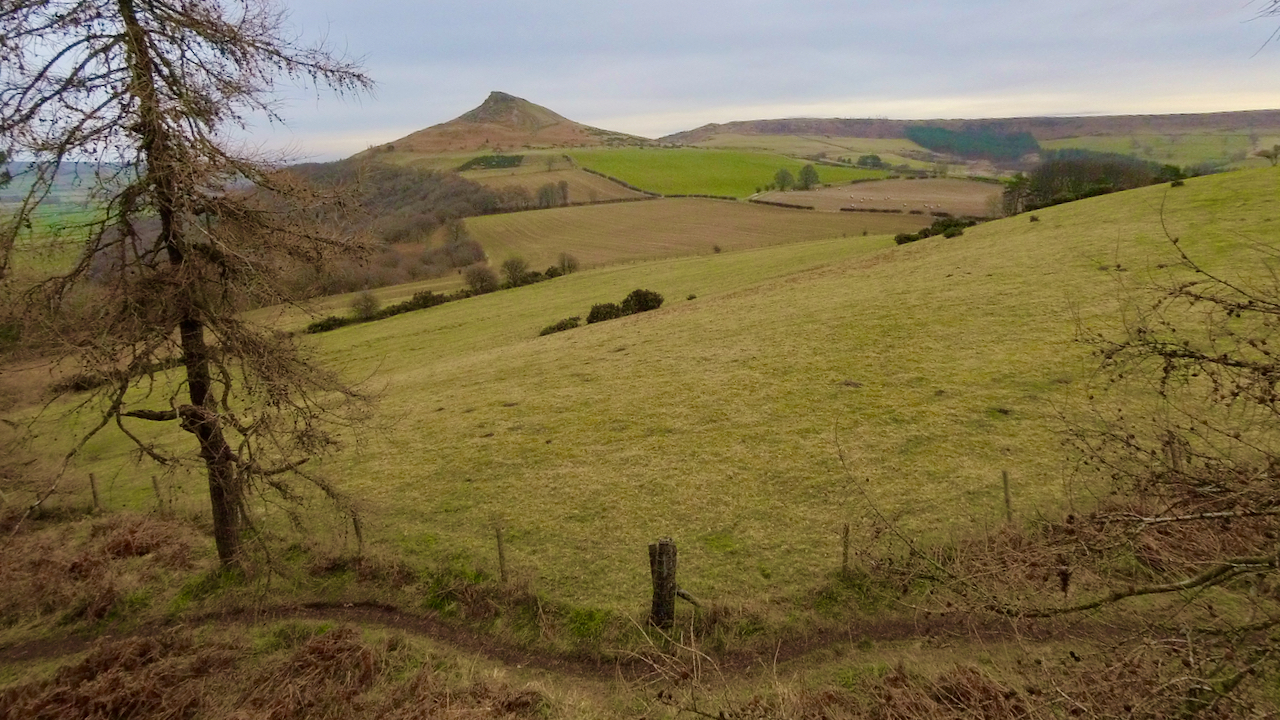It is generally accepted that the now populous district of the North Riding which we call Cleveland is bounded on its southern extremity by the Cleveland Hills. This is not so.
Historically, the district of Cleveland comprises the archdeaconry of that name, which extends considerably farther south, as far as Pickering, retaining in part the old name of Blackamoor1Wikipedia Contributors. 2022. ‘Archdeacon of Cleveland’, Wikipedia (Wikimedia Foundation) <https://en.wikipedia.org/wiki/Archdeacon_of_Cleveland#> [accessed 10 February 2023]. From Thirsk in the west to Whitby in the east, with the River Tees as northern boundary.
It was first attested before 1174 with Ralph as Archdeacon of Cleveland, one of the five archdeaconries in the Diocese of York2Wikipedia Contributors. 2022. ‘Archdeacon of Cleveland’, Wikipedia (Wikimedia Foundation) <https://en.wikipedia.org/wiki/Archdeacon_of_Cleveland#History> [accessed 10 February 2023]. Perhaps John Walker Ord in his monumental “History and Antiquities of Cleveland” started the myth. It is true, however, that the principal hills of the North York Moors may all be said to be within the limits of Cleveland. However, with none of them being particularly tall, no hill can compare to Rosebery Topping for celebrity, which owes its popularity primarily to its unusual form — once referred to as the Yorkshire Matterhorn.
It is a cone alone in a range of hills in which all the others are mound-shaped. Roseberry has a distinctive individuality. Standing isolated, an outlier, undoubtedly forms a part. From whatever direction it is approached, it is not an easy hill to climb, nearing the summit it becomes so steep many find the going difficult.
Roseberry has won for itself a permanent place in the literature of the country. Joseph Reed hyperbolically describes it as “the biggest hill in all Yorkshur“, which, of course, it is not3‘The Register-Office: A Farce of Two Acts and in Prose’. 2023. Google Books <https://books.google.co.uk/books?id=fdVZAAAAcAAJ&newbks=1&newbks_redir=0&printsec=frontcover&source=gbs_ge_summary_r&cad=0#v=onepage&q&f=false> [accessed 10 February 2023]. ‘Margery Moorpout’, one of the characters in his 18th-century farce, describes it as being “aboon a mahle an’ a hawf heigh, and as cawd as ice at t’ top on’t it t’ yattest day i’ summer, that it is.”
Bear in mind of course, there was no Google Earth or even the Ordnance Survey in the days when this play was first performed at Drury Lane.
Incidentally, ‘moorpout’ is a fledgling grouse4‘Merriam-Webster Dictionary’. 2023. Merriam-Webster.com <https://www.merriam-webster.com/dictionary/moor%20pout> [accessed 10 February 2023].
- 1Wikipedia Contributors. 2022. ‘Archdeacon of Cleveland’, Wikipedia (Wikimedia Foundation) <https://en.wikipedia.org/wiki/Archdeacon_of_Cleveland#> [accessed 10 February 2023]
- 2Wikipedia Contributors. 2022. ‘Archdeacon of Cleveland’, Wikipedia (Wikimedia Foundation) <https://en.wikipedia.org/wiki/Archdeacon_of_Cleveland#History> [accessed 10 February 2023]
- 3‘The Register-Office: A Farce of Two Acts and in Prose’. 2023. Google Books <https://books.google.co.uk/books?id=fdVZAAAAcAAJ&newbks=1&newbks_redir=0&printsec=frontcover&source=gbs_ge_summary_r&cad=0#v=onepage&q&f=false> [accessed 10 February 2023]
- 4‘Merriam-Webster Dictionary’. 2023. Merriam-Webster.com <https://www.merriam-webster.com/dictionary/moor%20pout> [accessed 10 February 2023]

Leave a Reply